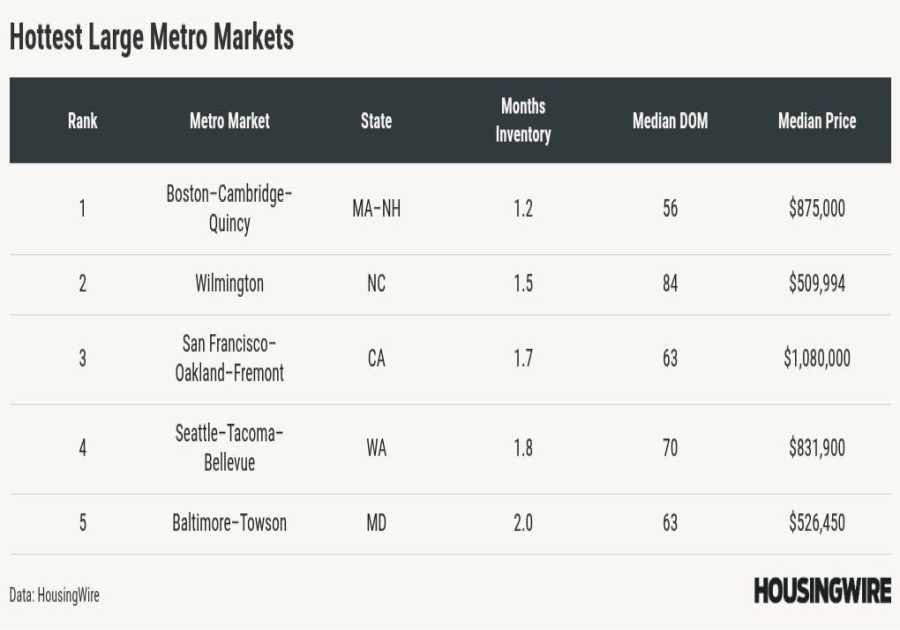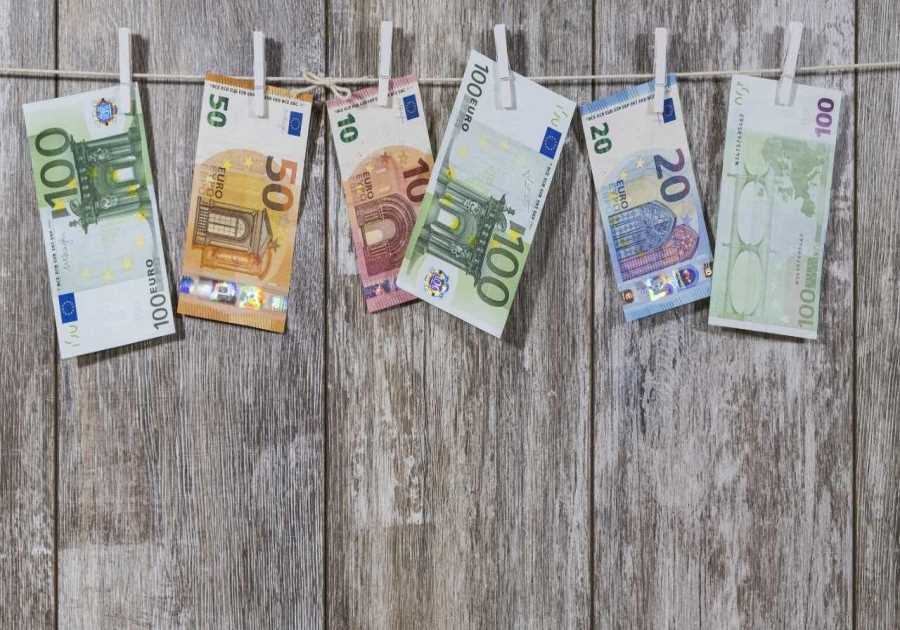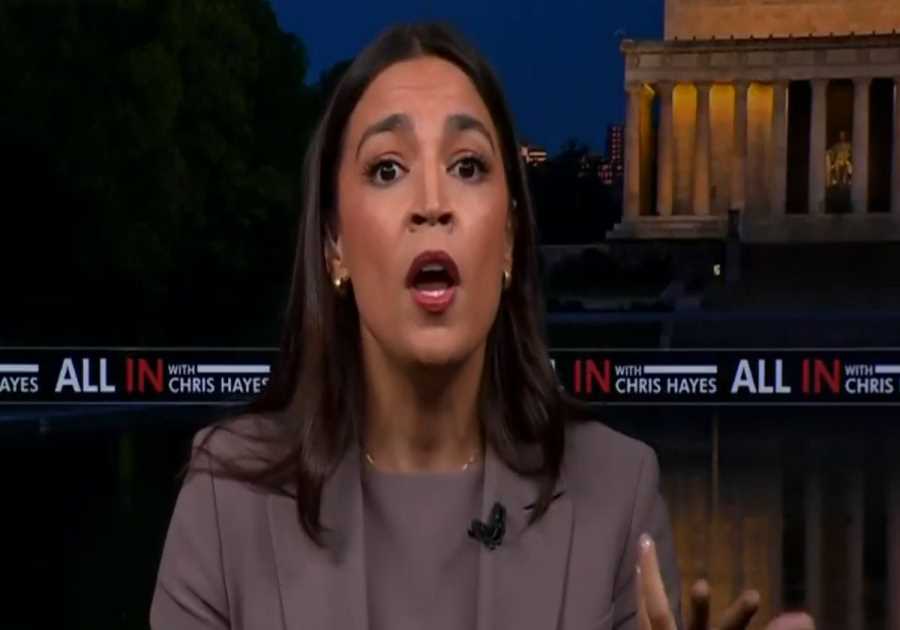When both partners earn steady incomes, it’s easy to believe financial stability is a given. Dual-income households often have the luxury of saving, spending, and investing more freely—but that security can sometimes create overconfidence. Certain investments appear safe and responsible at first glance, yet they quietly limit flexibility, growth, and future options. The danger isn’t in losing money overnight—it’s in tying up your wealth in places that don’t truly serve your goals. Here are six common investments that feel safe but trap dual-income couples into long-term financial complacency.
1. Overinvesting in the Primary Home
One of the most common investments that feel safe but trap dual-income couples is pouring too much money into a single property. Many couples upgrade homes quickly as their income grows, assuming it’s a solid financial move. But a large home comes with higher taxes, maintenance costs, and renovation expenses that can quietly drain savings. While a house can build equity over time, it’s not a liquid investment—it’s cash you can’t easily access when emergencies strike. What feels like financial progress can actually reduce flexibility and delay wealth-building opportunities elsewhere.
2. Maxing Out Employer Stock Purchases
Another of the investments that feel safe but trap dual-income couples is over-relying on employer stock. It feels logical—if you trust your company and the stock’s performance looks stable, why not invest more? The issue is concentration risk: your job and your investment are tied to the same company’s success. If that company falters, you could lose both income and savings at once. Diversifying beyond employer stock, even if it means missing a small discount, often provides better long-term stability.
3. Relying Too Heavily on Low-Interest Savings Accounts
Many couples value liquidity and safety, so they keep large portions of their income in regular savings accounts. However, this is one of those investments that feel safe but trap dual-income couples in low-yield stagnation. While having an emergency fund is essential, keeping too much cash idle means losing out to inflation year after year. The security of “money in the bank” can become a hidden cost, especially when interest rates lag behind rising expenses. A balanced mix of liquid cash and higher-yield instruments like CDs or money market funds can help preserve growth.
4. Buying Multiple Cars as “Assets”
It’s tempting for dual-income households to view vehicles as manageable purchases, especially when both partners commute or travel for work. But cars are depreciating assets—and owning too many is one of the investments that feel safe but trap dual-income couples into constant payments and maintenance costs. Insurance, fuel, and repairs add up quickly, even when financed at low interest rates. While it feels like a reasonable use of income, every dollar tied to a car loses value the moment it leaves the lot. Opting for fewer, reliable vehicles can redirect money toward appreciating investments instead.
5. Overcontributing to College Savings Too Early
Parents often feel pressure to fund their children’s education as early and aggressively as possible. While 529 plans and similar accounts are valuable, they can also be investments that feel safe but trap dual-income couples into overcommitting. Money locked into these accounts can only be used for qualified education expenses, limiting flexibility for other needs. If life circumstances change—a job loss, relocation, or new financial priority—those funds may be inaccessible without penalties. Balancing college savings with broader investments keeps your options open while still supporting your child’s future.
6. Investing Heavily in “Safe” Real Estate Partnerships
Real estate partnerships or private REITs often appeal to dual-income couples seeking passive income. On paper, these are investments that feel safe but trap dual-income couples by limiting liquidity and control. These ventures often have high entry costs and long lock-in periods, making it difficult to exit when cash is needed. Returns can also fluctuate with market shifts or mismanagement. For couples looking to diversify, transparent and easily tradable investments often provide better control and peace of mind.
The Comfort Trap: Why Safety Isn’t Always Security
What makes these investments that feel safe but trap dual-income couples so deceptive is that they align with cultural expectations of success. A big home, steady savings, and conservative choices seem responsible, yet they can create hidden opportunity costs. Real financial security comes from flexibility—the ability to pivot when markets shift or life changes. The smartest couples balance safety with growth by revisiting their portfolios regularly and aligning every investment with their evolving goals. In the long run, thoughtful diversification offers more protection than any single “safe” bet ever could.
Have you ever realized that an investment you thought was safe ended up limiting your options? Share your experience and lessons learned in the comments below.
What to Read Next…
6 Investments That Are Better for DINK Couples Than Families
Why DINKs Are the Biggest Targets for Fake “Luxury” Investments
9 Investment Moves That Only Make Sense If You Have No Kids
7 Investments That Seem Smart But Break Marriages Apart
Cryptocurrency Investment: Key Benefits and Risks to Consider
------------Read More
By: Catherine Reed
Title: 6 Investments That Feel Safe But Trap Dual-Income Couples
Sourced From: www.dinksfinance.com/2025/10/6-investments-that-feel-safe-but-trap-dual-income-couples/
Published Date: Mon, 27 Oct 2025 14:00:22 +0000
.png)





